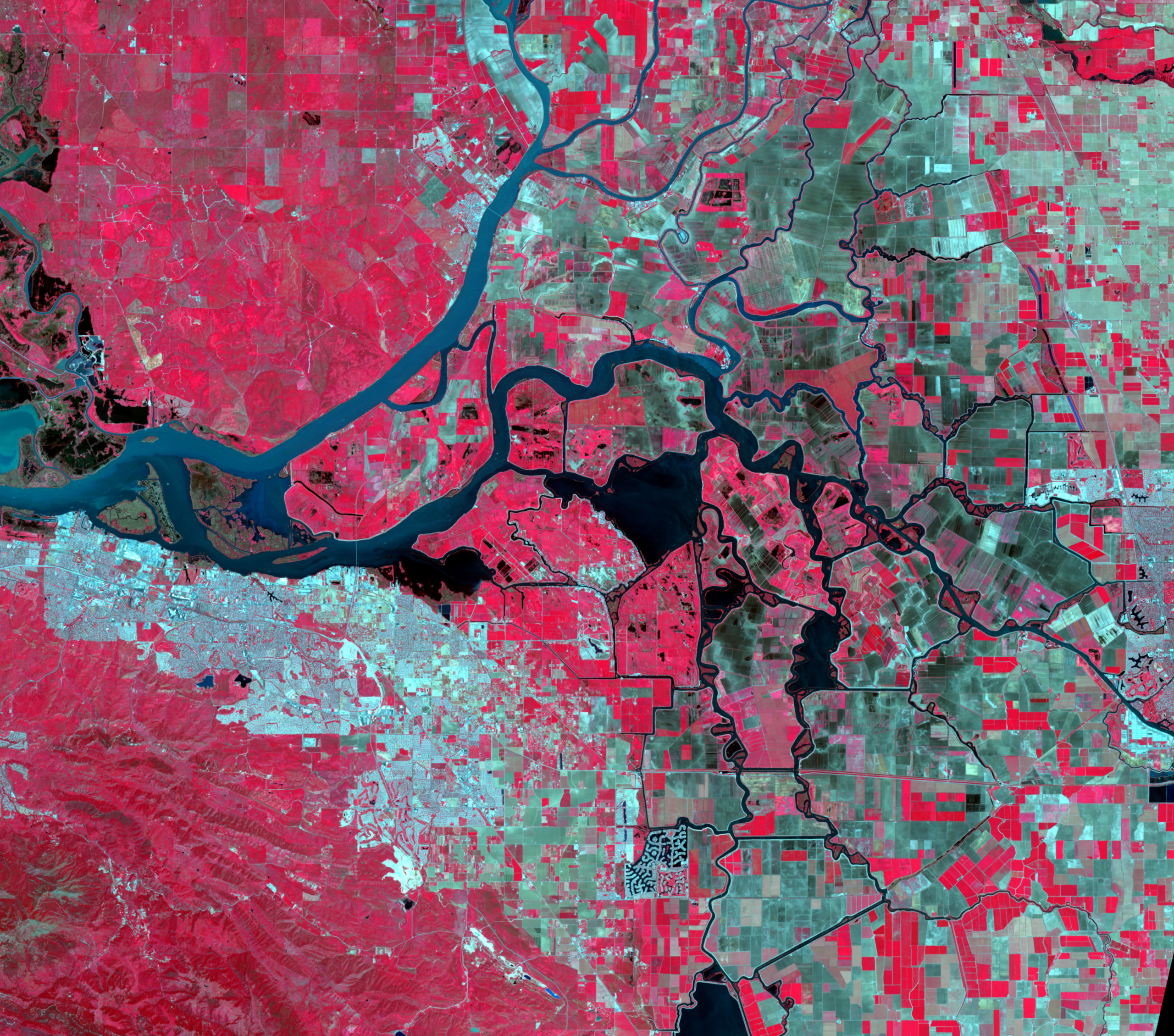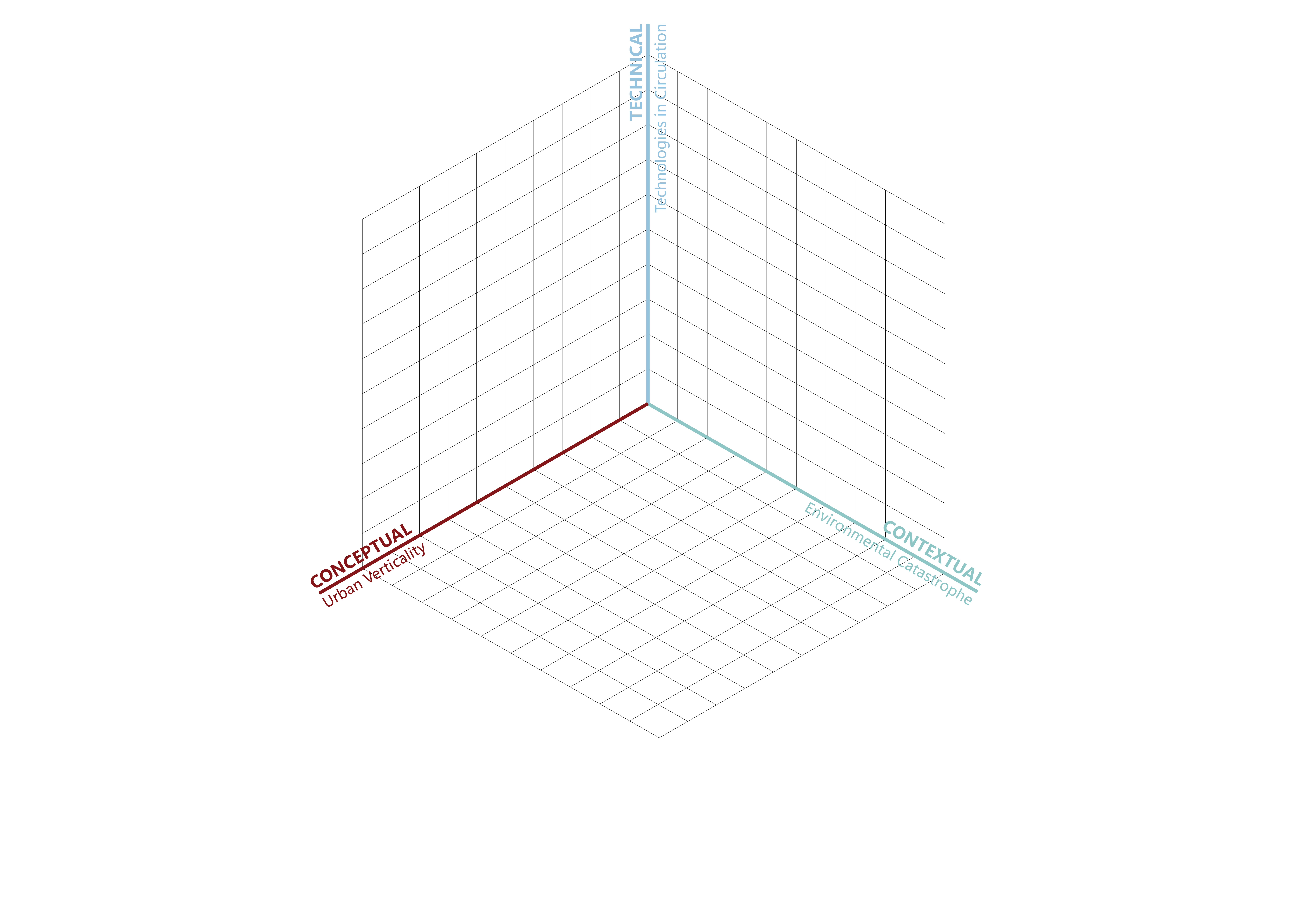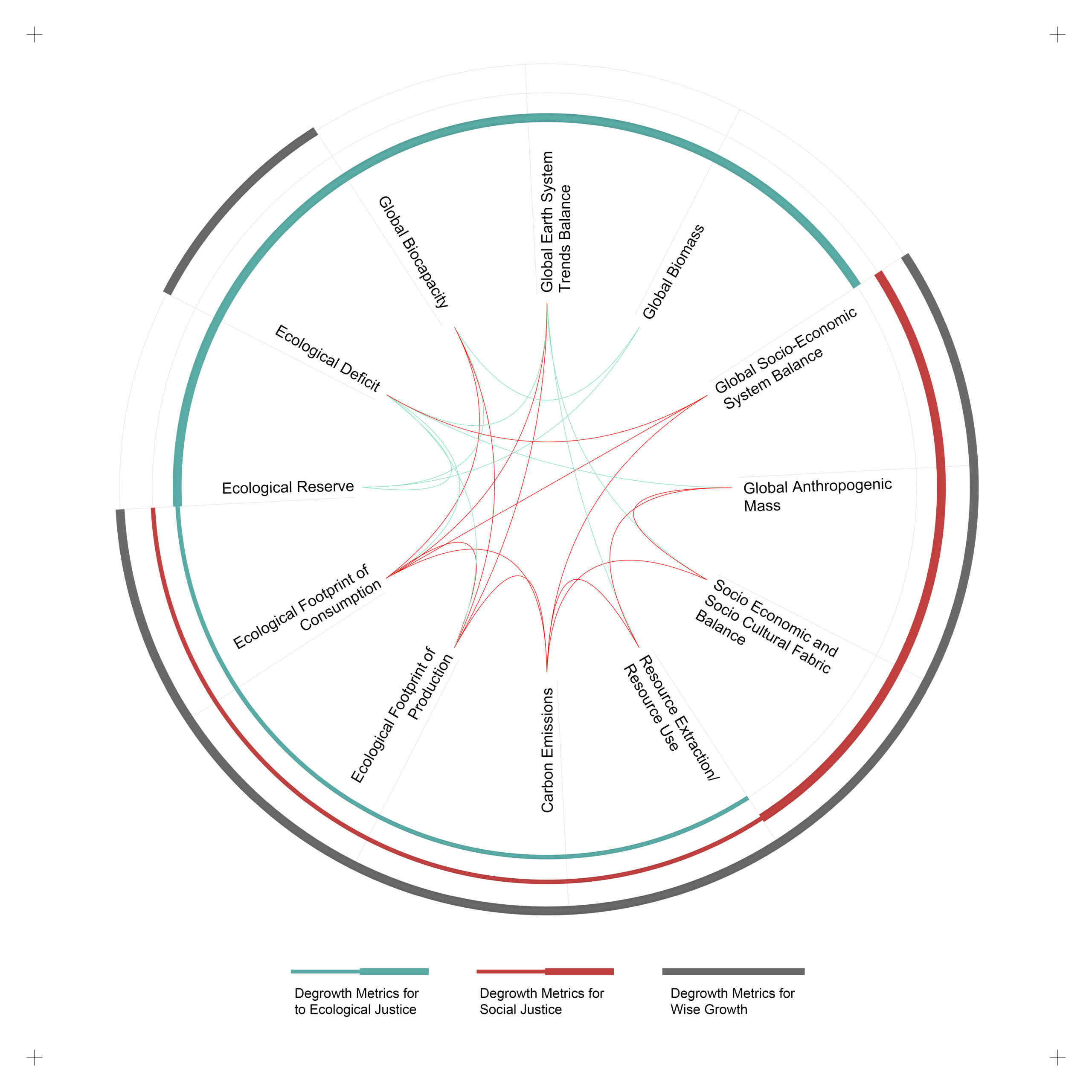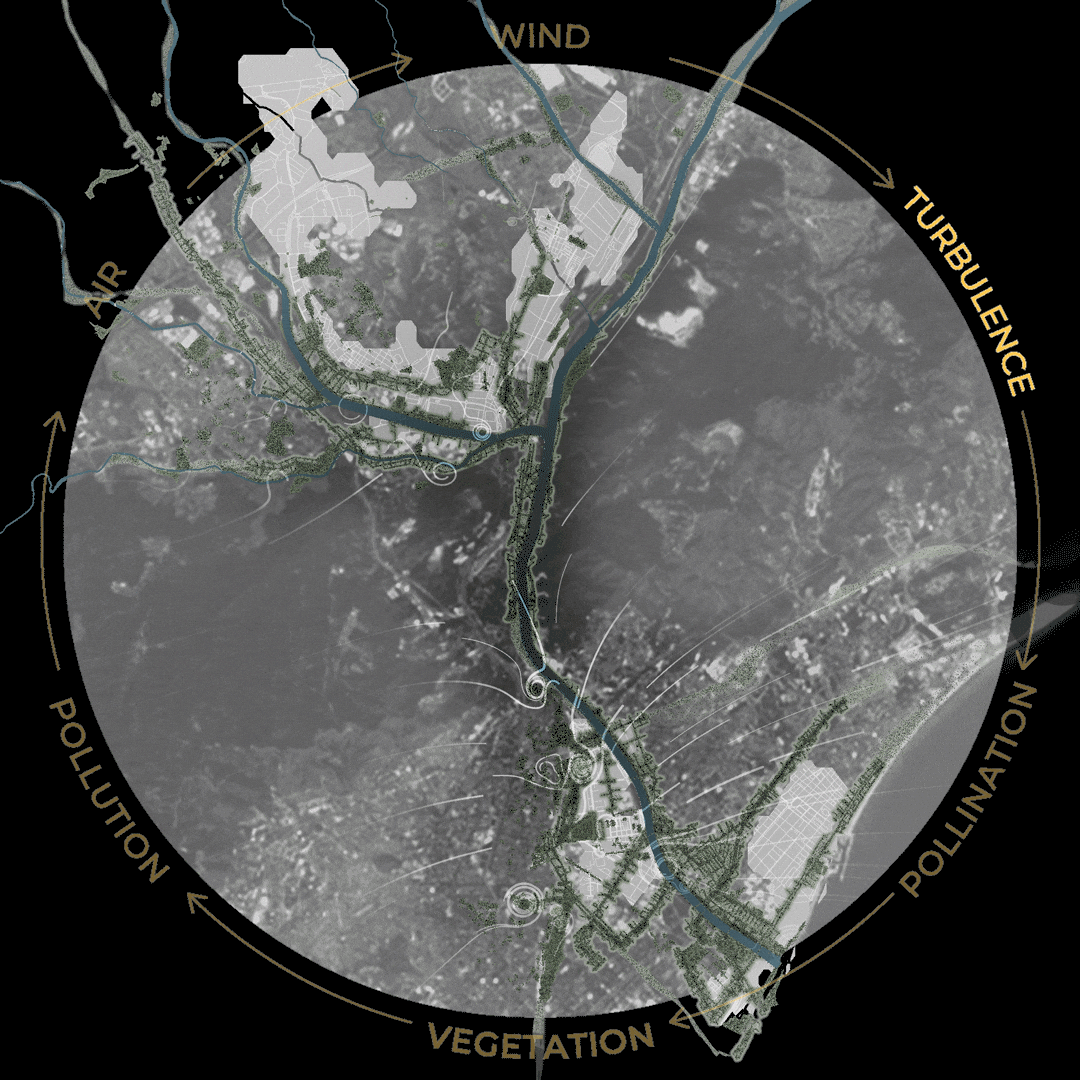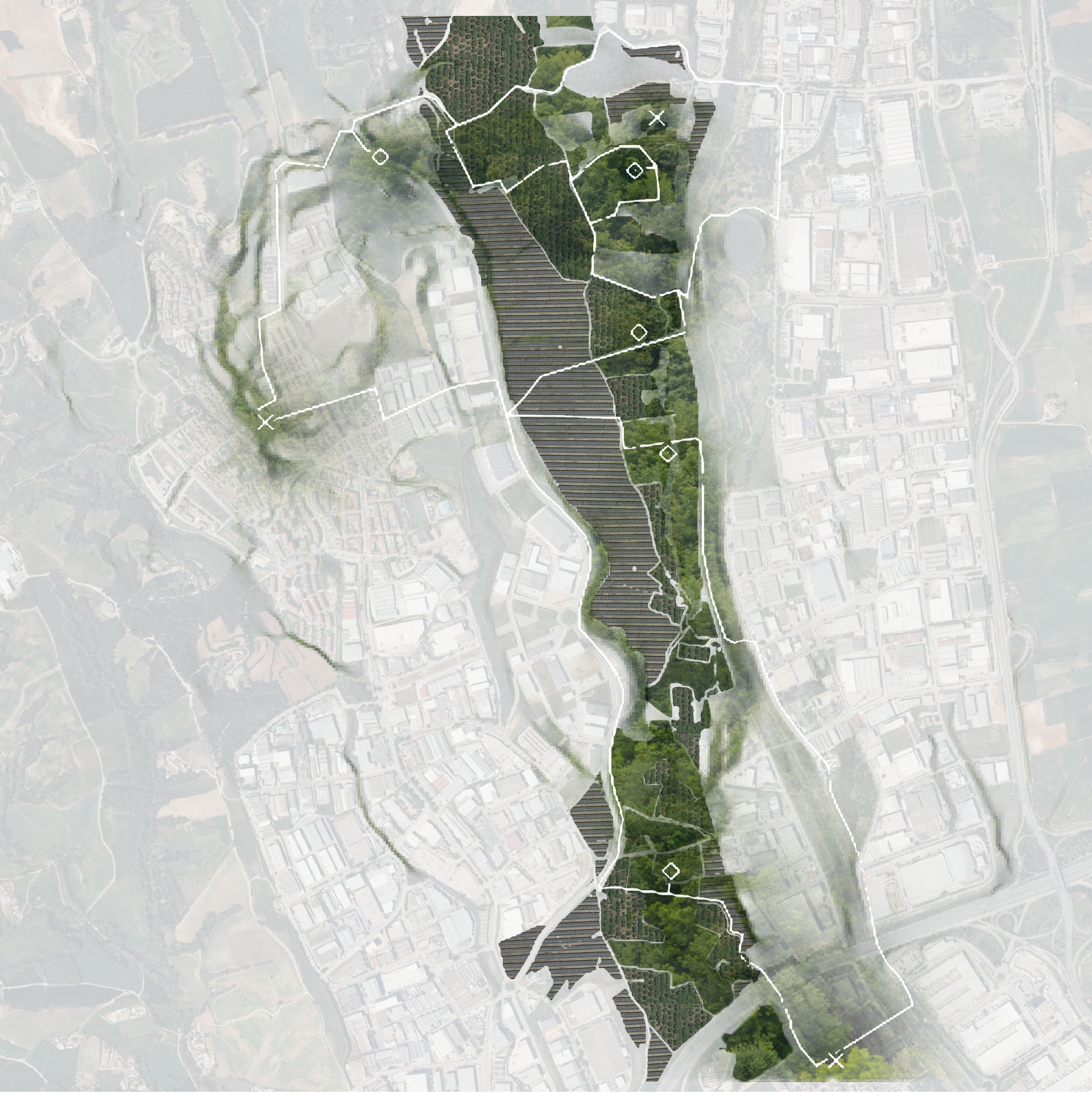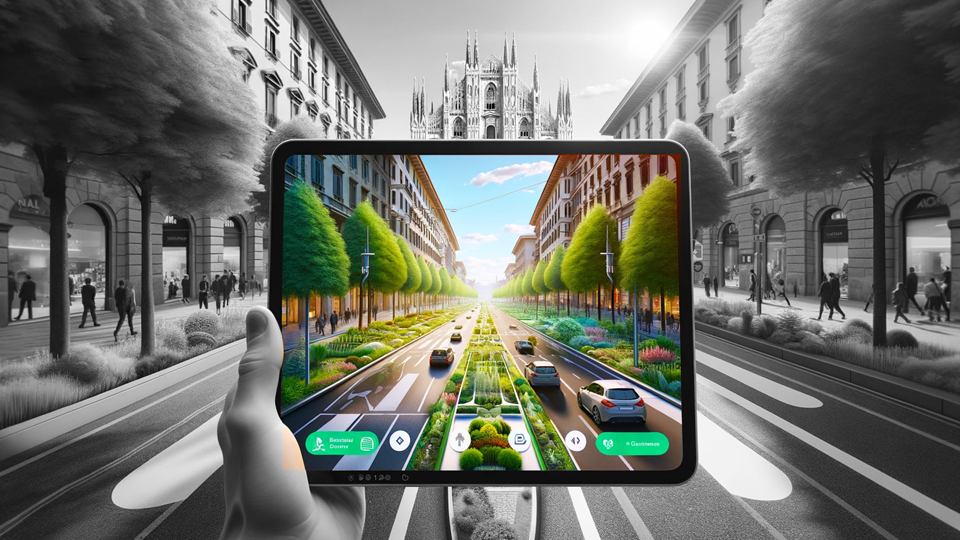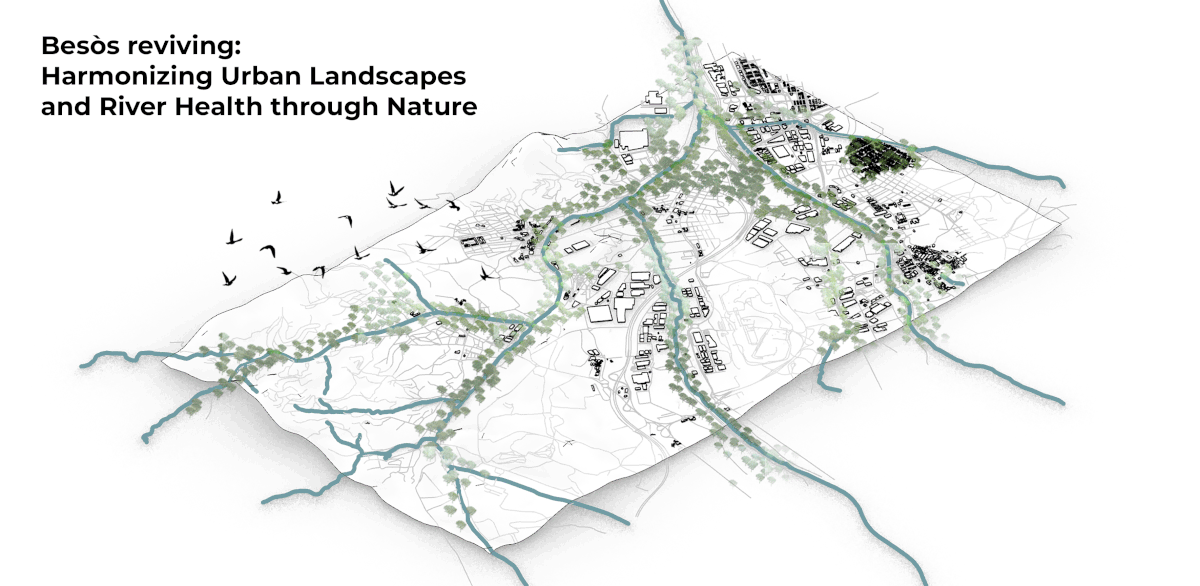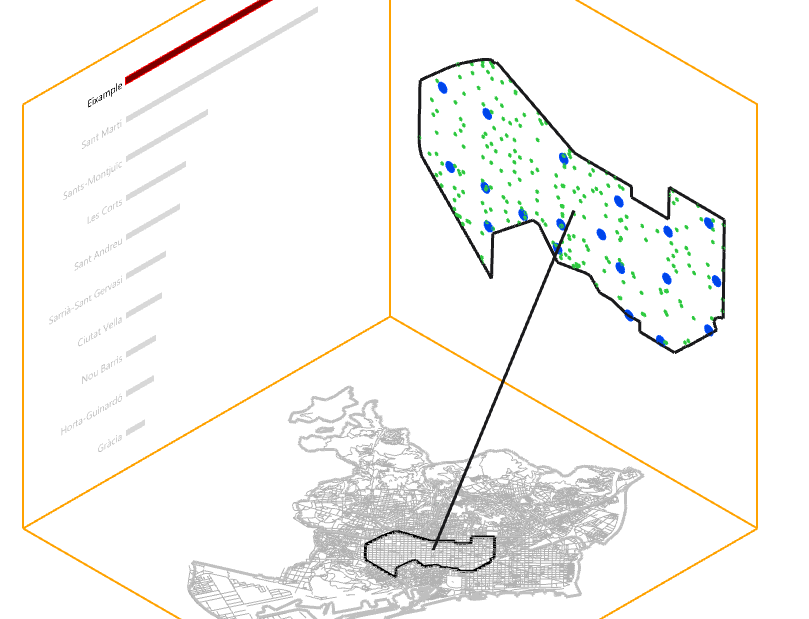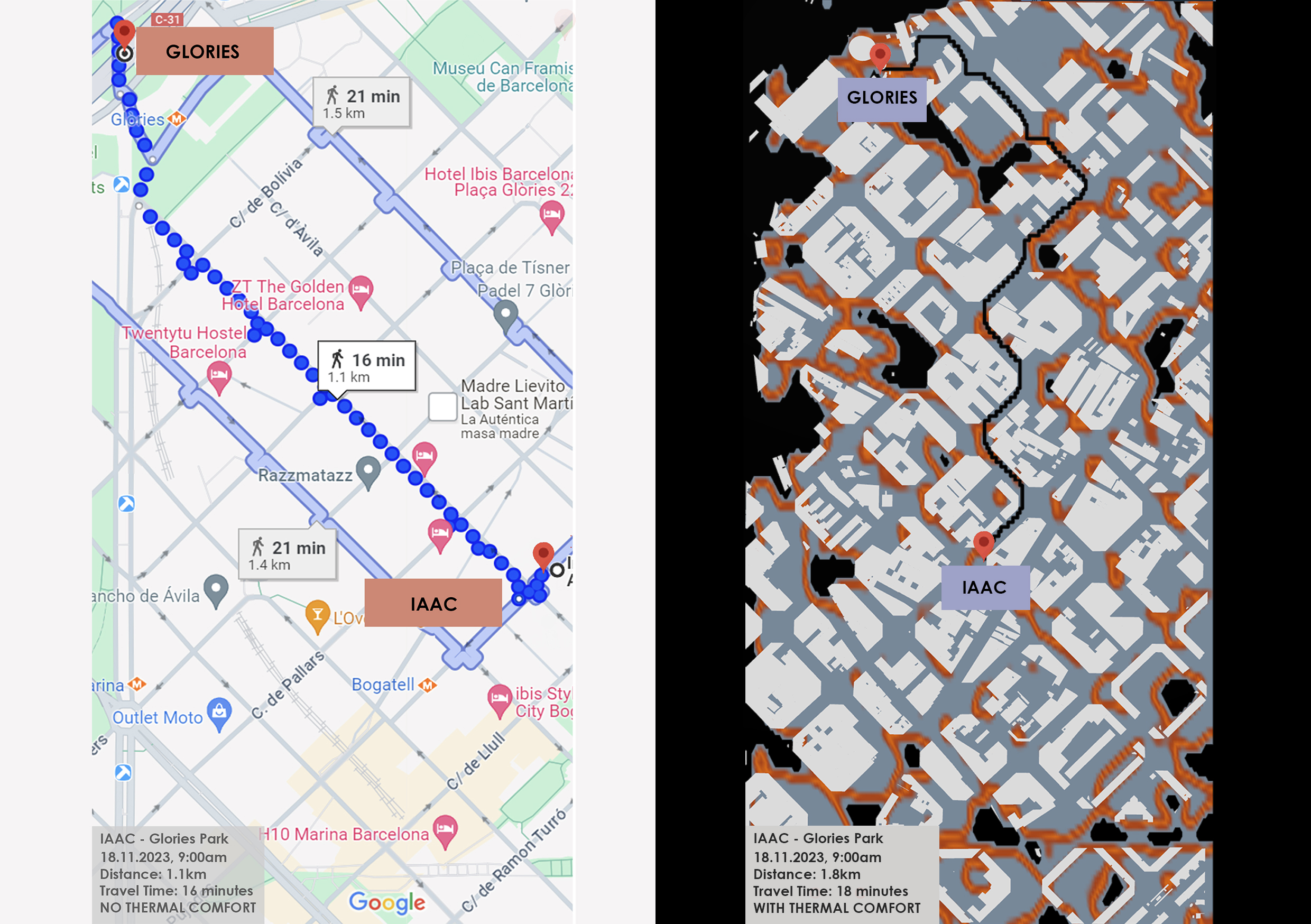IAAC’s Master in City & Technology (1 or 2-year program) is a unique program oriented towards redefining the analysis, planning, and design of twenty-first-century cities and beyond. The program offers expertise in the design of digitally enhanced, ecological and human-centered urban environments by intersecting the disciplines of urbanism and data science. Taking place in Barcelona, the capital of urbanism, the Master in City & Technology is training the professionals that city administrations, governments, industries, and communities need, to transform the urban environment in the era of big data.
Protected: What is Advanced Air Mobility? [VOL. I]
There is no excerpt because this is a protected post.
Tourism and social development, Balearic Island
INTRODUCTION The heavy working hours after the industrial revolution had put leisure to a more and more important role in contemporary life. People want to travel to ‘escape’ and compensate themselves from work and daily life. The practice of leveraging tourism for economy growth has been proved useful in Spain since the 1960s. And this … Read more
Protected: Housing For All – Building Inequalities?
There is no excerpt because this is a protected post.
Coltura
Introduction Milan, Northern Italy’s epicenter, confronts economic and environmental challenges rooted in a shift from agriculture to manufacturing. To secure its future, Milan invests in knowledge, tourism, and place-based innovation, relying on revenue from high-income foreigners, students, and the European Union. Strategic efforts to transition to a green economy focus on renewable energy, waste reduction, … Read more
From Pollution To Pollination
1. Introduction Urban air quality is a pressing concern, being the result of both natural elements and human-induced pollutants. The city of Barcelona grapples with local pollutants like NOx and PM10, primarily caused by ground transport and industrial activities. While current policies focus on mobility solutions, the project questions the need for complementary approaches. The … Read more
Towards a multi-performative soil
Introduction The contemporary postcard city of Barcelona is supported by a world wide web of hidden urbanization. One of the closest and most prominent hidden pieces of urbanization of Barcelona is found in the Besós Valley. When going on site, we encountered a fragmented urban landscape of logistical infrastructure, urban wasteland, scattered agriculture and haphazard … Read more
GreenScape – Milan
Introduction Known for its fashion, history, and culture, Milan also faces a pressing environmental issue: it stands as one of the most polluted cities in the World. The challenge of mitigating air pollution in Milan is complex, as it is shaped by a mix of geographical, meteorological, socio-economic, and cultural factors. From the city’s dense … Read more
Besòs reviving: Harmonizing Urban Landscapes and River Health through Nature
The Besòs River, an integral water source for Barcelona, encapsulates a narrative marked by both significance and environmental challenges. Since the 1970s, its crucial role has been overshadowed by persistent contamination, exacerbated by the rapid urban and industrial developments along its course. This study delves into the intricate correlation between Besòs River pollution, evolving land … Read more
Navigating GeoPandas and the Digital Wilderness
“Start the machine” …was the first operation in mind when asked to perform a task with Python script. One of the motivations to learn Python as an urban designer is to organize geospatial data with accuracy and legibility. Before we dive into the digital wilderness, of data trees and data frames, it’s important to note … Read more
Slo-Mo-Go: Tourism in Slow Motion
A digital tool proposed to re-boost the economy of Ciutat Vella, Barcelona Overview Ciutat Vella being the oldest district of the city of Barcelona was founded in the 1500 BC. The Ciutat Vella district was a very important economic hub for Barcelona. But in the recent times, the district faces problems that are characterised by … Read more
The Besòs: A strategic productive corridor
La Zona Franca, Barcelona. A new centrality?
The Zona Franca in Barcelona is an area that receives thousands of workers everyday and, having The Port, is one of the main points of contact of the city with the rest of the world. Through a quick analysis based on an understanding of the site, questions and issues within Barcelona’s ‘Free-Trade’ zone are tackled … Read more
Connectivity for efficient and sustainable transportation in Barcelona
Barcelona is home for more than 1.6 million inhabitants and is one of the most densely populated cities in Europe. It also owns the title of being the city of Europe with more cars per inhabitant. Given that around 30% of the people use private vehicle to move around the city, the air pollution is … Read more
Sunlit Streets, Shaded Paths
Computational Tools for Thermally Comfortable Walks in Barcelona On one of the sunniest days in the city of Barcelona, you want to go for a walk and get some fresh air but the heat from the sun makes you uncomfortable. Can you go for the walk without the sun making you completely sick? The objective … Read more

